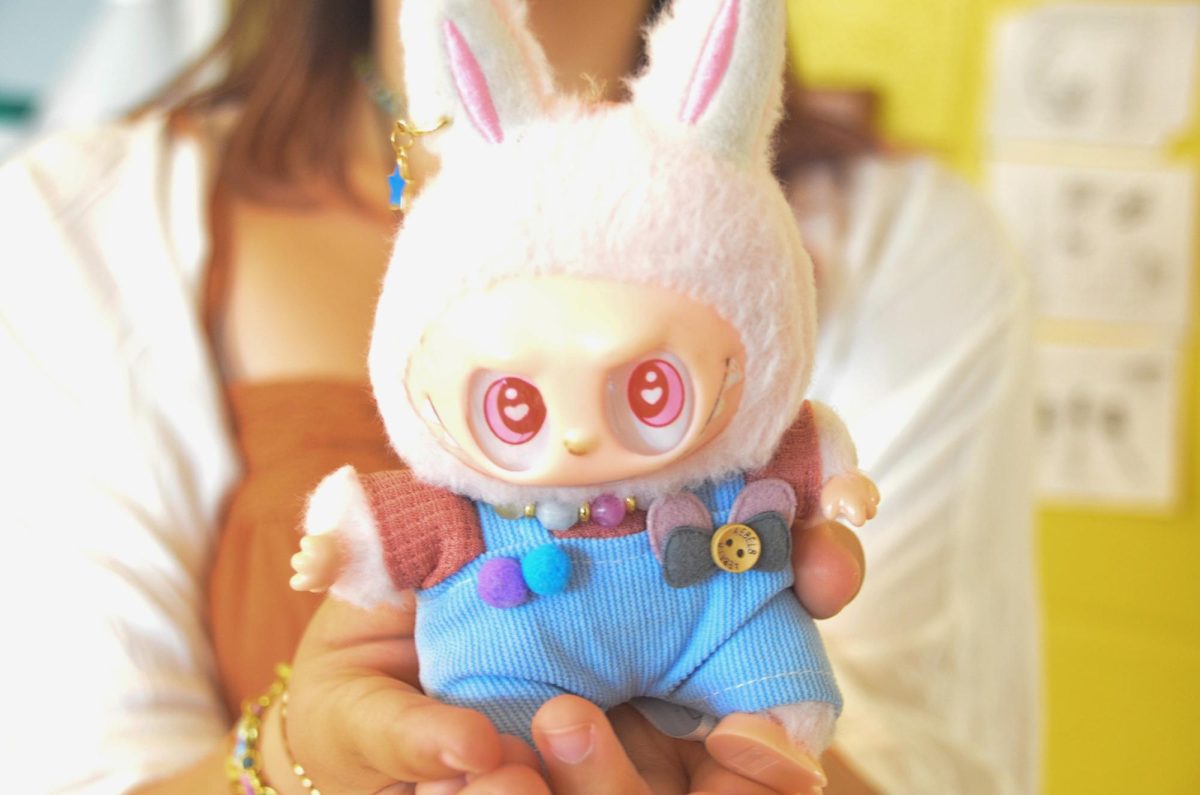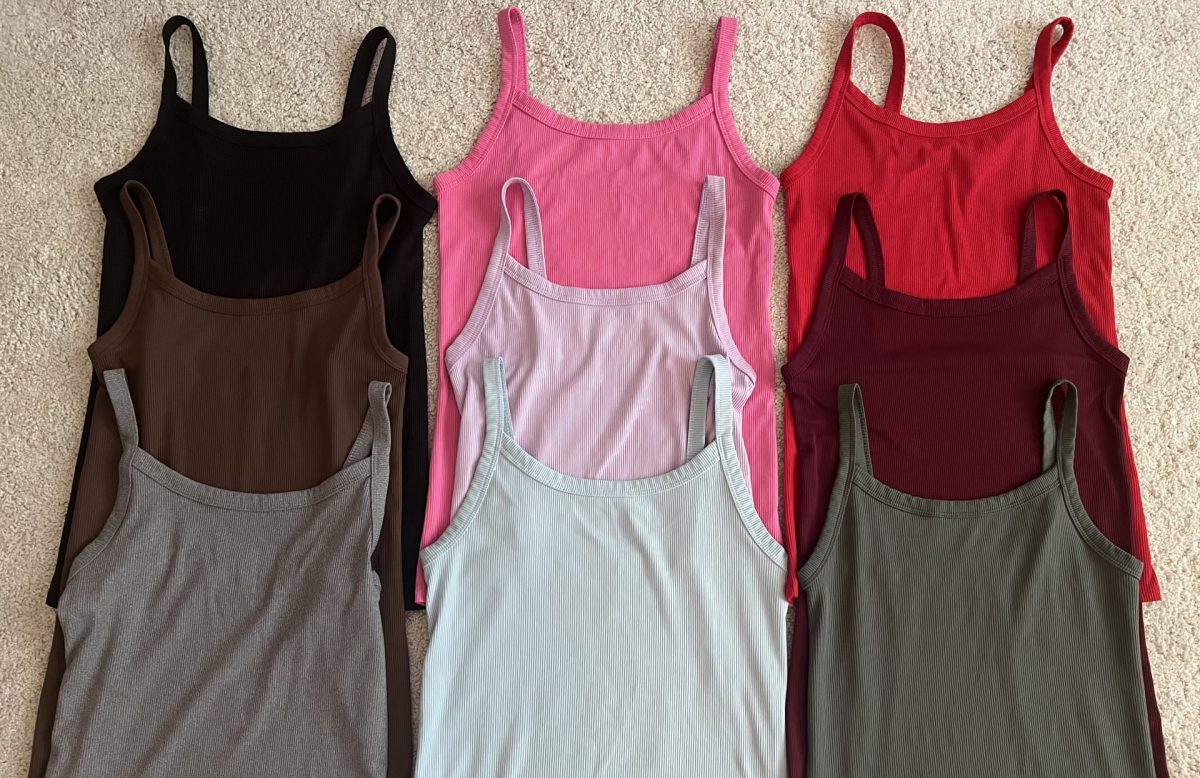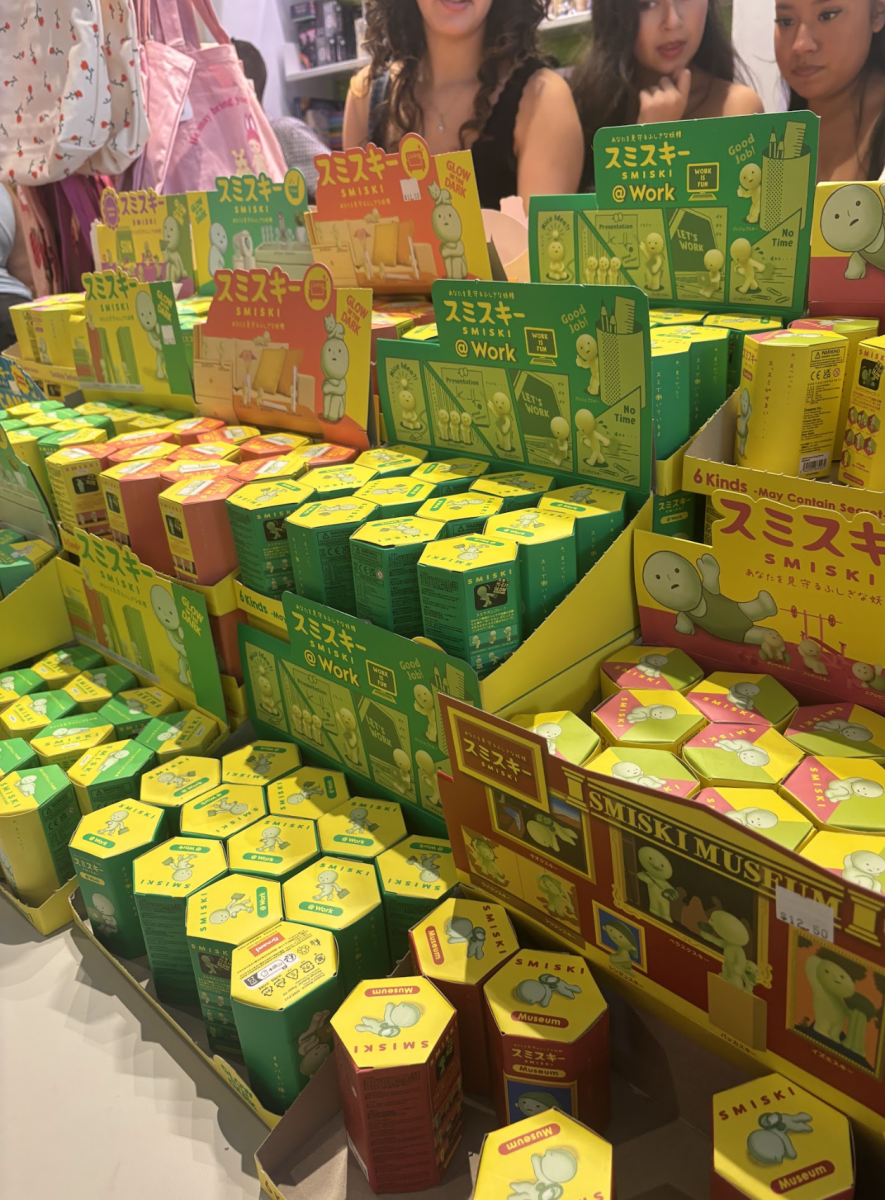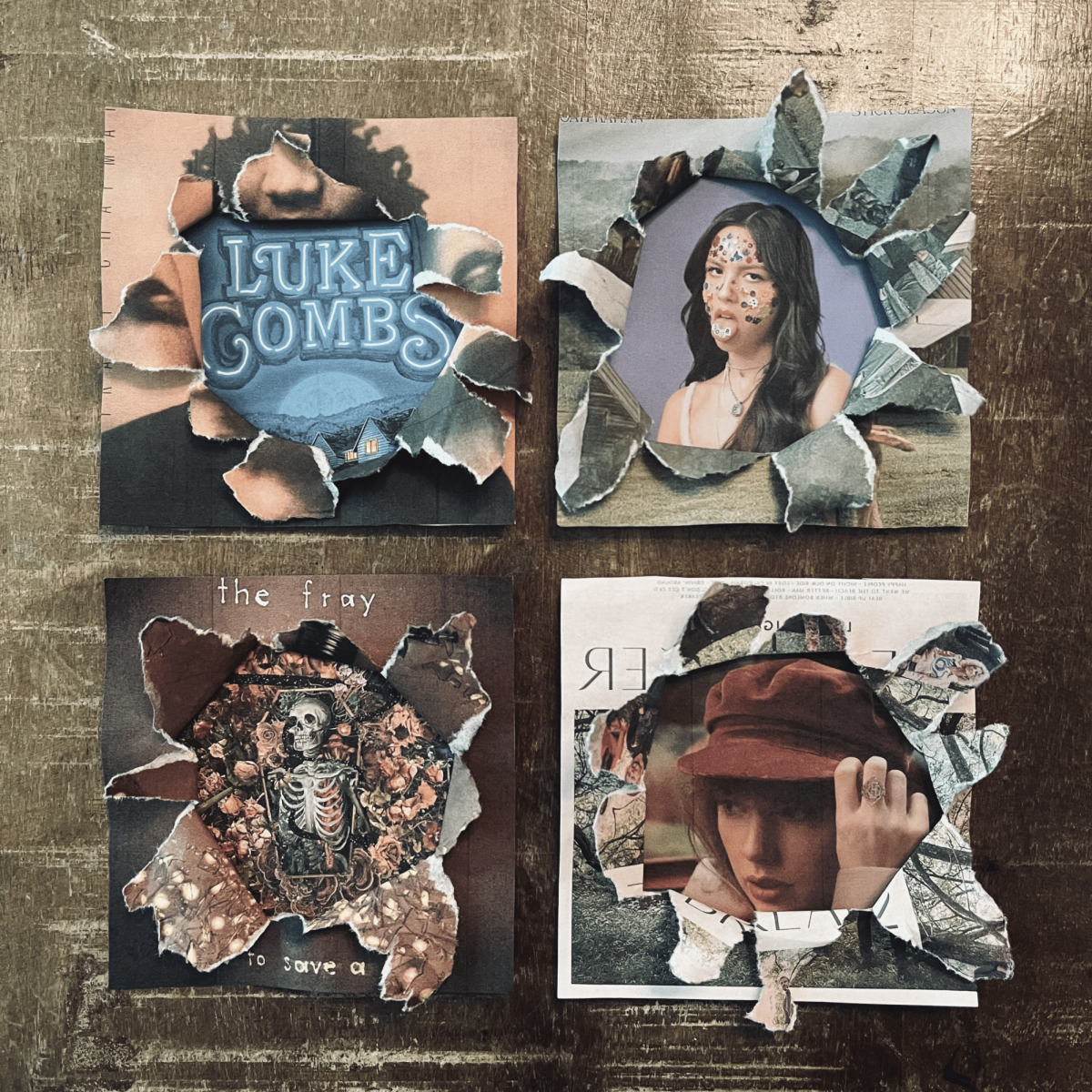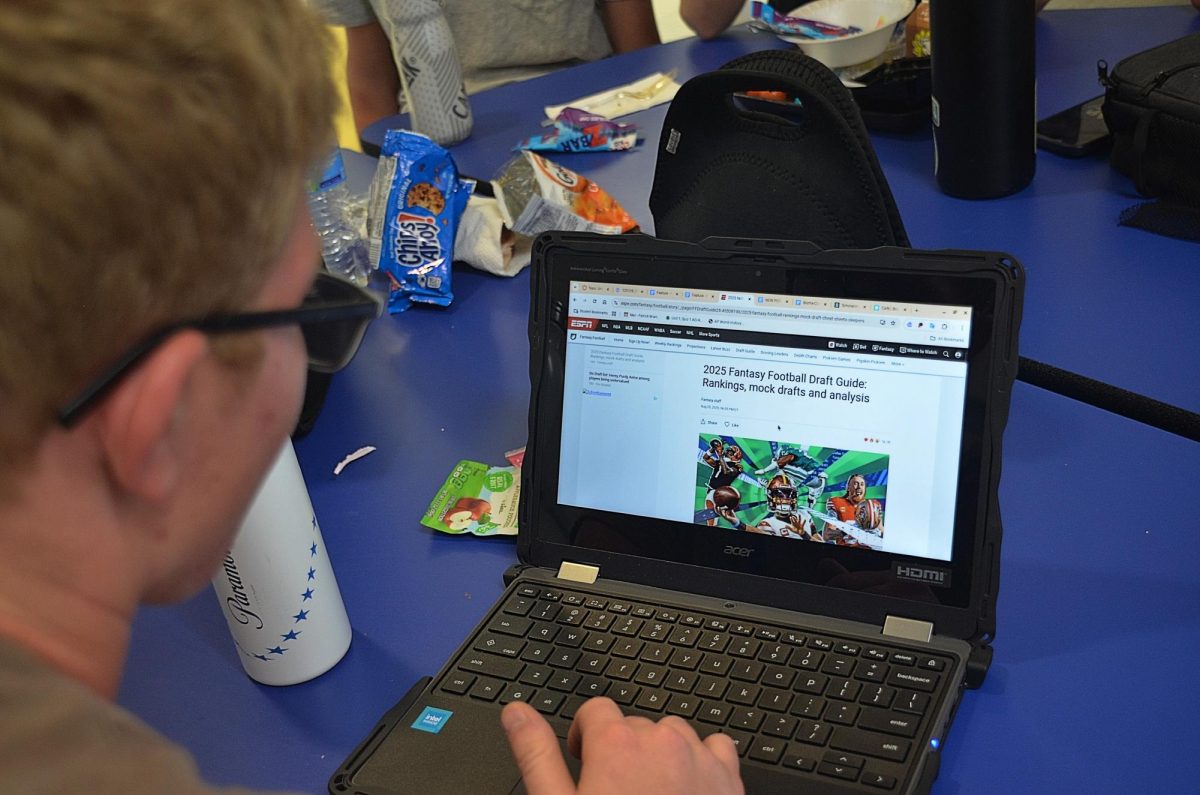The term “overconsumption” has become more prevalent among teenagers, used to describe consumers impulsively buying items due to trends. Social media’s influence on consumers has risen rapidly, concurrently increasing overconsumption.
One example of this is Labubus, creepily cute monster plushies predominantly found on bags and belt loops, which gained popularity in Asia in early 2024 according to BBC. Since then, the keychains have rapidly grown in demand through social media, and they have become commonly recognizable. Loved or abhorred, Labubus have infiltrated people’s lives.
“I hate Labubus,” said Jahnya Jackson (‘26). “I think it’s just another bandwagon trend where everybody’s spending all this money to get these stupid little things…, but that’s how most things on social media are.”
Some students disagree, claiming that they are just another harmless social media trend that will quickly die out.
“I’m not personally a fan of them, but I’m not going to judge people for buying them,” said Vivian Shoemaker (‘28). “I do think they’ll end up in a landfill in one to two years.”
Labubus are commonly packaged in shrouded boxes, the toy only being revealed after purchase, giving the consumer a surprise upon unboxing. Some students see a major appeal in this factor.
“You buy one and you don’t know what you’re getting, kind of like Pokémon cards. It encourages people to buy a lot of them, and it’s kind of over-consumed. You buy three boxes to get the one toy you want, and if you get three of the same ones, you end up wasting money, paper, and plastic,” said Blue Allmon (‘26).
However, these consumerist trends didn’t start with Labubus. Many students note past trends, such as certain water bottle brands.
“There was a Stanley obsession and then Owalas became a thing…, and then they’re not using their Stanley, and it was a waste of money and product,” said Maya Heffernan (‘28).
Another major contributor to overconsumerism is fast fashion. Merriam-Webster defines fast fashion as “an approach to the design, creation, and marketing of clothing fashions that emphasizes making fashion trends quickly and cheaply available to consumers.” One of the most popular and commonly used fast fashion platforms is Shein.
“I feel like fast fashion is so unnecessary. Buying poorly made and bad quality clothing that children have to make versus going to a thrift store where you can get actual quality clothing [is unnecessary],” said Annabelle Shim (‘26). “Most of the time, the stuff on Shein is really poor quality. It’s meant to break down so you can buy more. It’s bad for the environment, it’s unethical, and I think it’s stupid.”
A common word students use to describe old consumer trends is “waste.” Some students mention instances when they purchased an item for a trend and later stopped using it.
“I had a phase where I would buy a lot of shoes because I would see them online. It got to a point where I had five different pairs of shoes and they all looked the same and were the same brand,” said Heffernan. “It’s weird to think about it because you buy a bunch of stuff you don’t really need, and now it doesn’t provide much value to you.”
Other students link their consumption of products to their past phases and interests, such as music artists and brands.
“I bought these three shirts that were for an artist that I listened to because they were cool, and there were only 250 of them, and they sold out pretty fast… I don’t wear them that much anymore because they don’t fit my style and I don’t really listen to that music artist anymore,” said Bryce Gordon (‘26).
Several students discuss the brevity of social media trends and their tendency to become popular and fade away just as fast.
“Social media is a major factor in the influence of all those micro trends that you see come out. These random little apps or fitness trackers [are an example]… I haven’t heard anybody talk about that in two months, and it was the biggest thing then,” said Dev Fagan (‘26). “Social media has helped promote micro trends that don’t last and are a monetary waste.”
Many students note that these trends are predominantly spread from the influence of high-status content creators.
“Everyone wants to act like the coolest person they know. Whatever that person does, they’ll do. If an influencer were to say, ‘Here’s this lip balm that I found in the dumpster behind my Ulta,’ all of a sudden, people are dumpster diving at Ultas trying to find this lip balm,” said Sophie Price (‘26).
Many students collectively agree that consumerist trends harm self-worth and individuality.
“I think if you have something, you’re seen as likable, and if not, you’re seen as like an outsider, which I think is unhealthy,” said Shoemaker. “Standards shouldn’t exist on products. Standards shouldn’t exist at all, in my opinion, but especially not because of products.”
Despite all of this, some students believe that there is still merit to overconsumption.
“A lot of these things you’d never hear of if you didn’t see them on social media, so it helps businesses, and it helps people connect with each other,” said Nikhil Muktinutalapati (‘28). “I know some of my friends, they have the same water bottle, and… they really enjoy it.”

